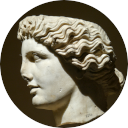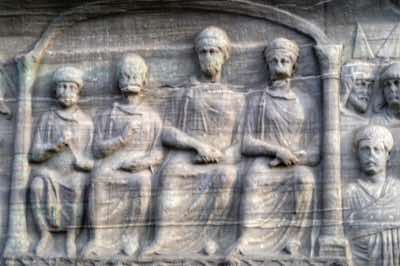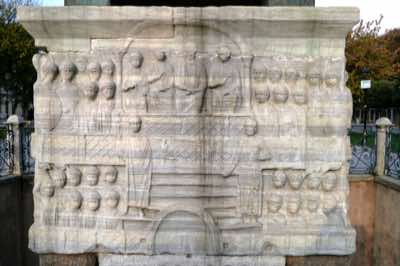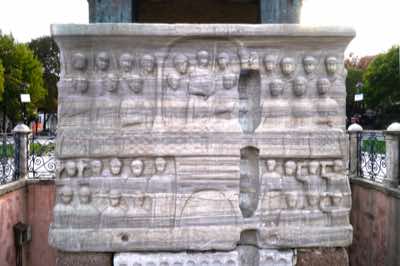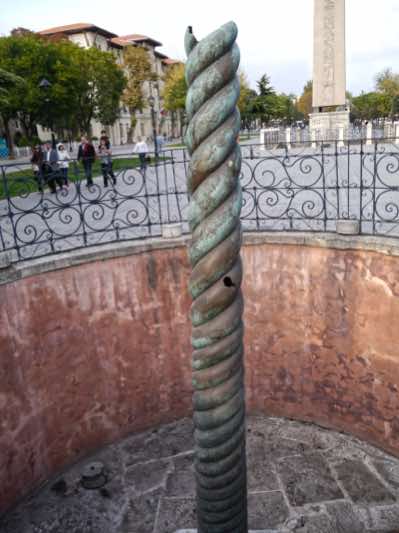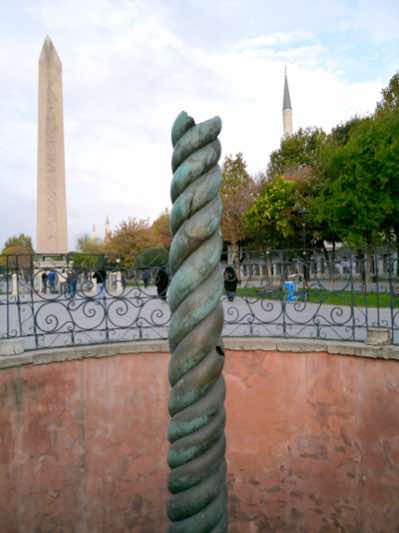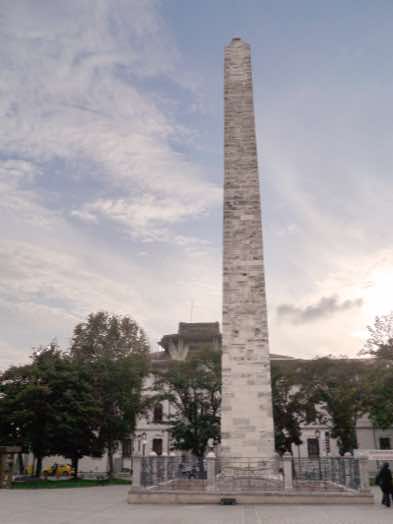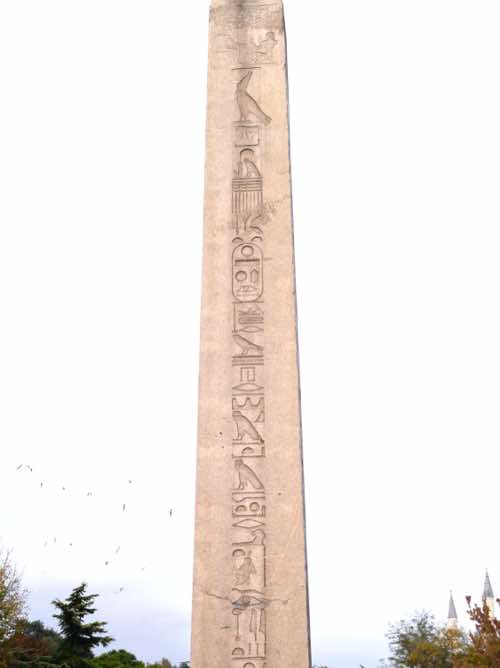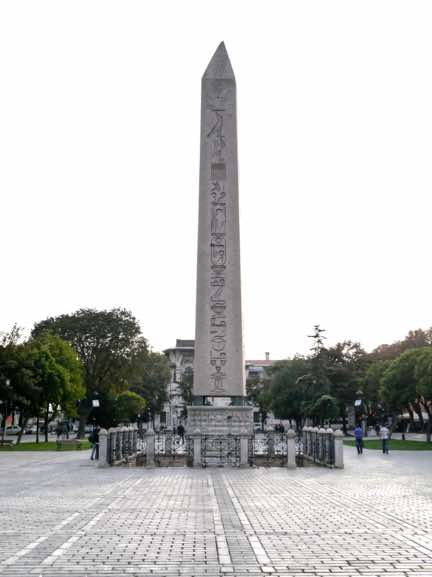The ROMAN CIVILIZATION
IMAGES OF THE ROMAN CIVILIZATION
PLACES IN THE NEW CAPTIAL
Constantinople basilica cistern
Is the largest of several hundred ancient cisterns that lie beneath the city of Constantinople According to ancient historians, Emperor Constantine built a structure that was later rebuilt and enlarged by Emperor Justinian after the Nika riots of 532
The name of this subterranean structure derives from a large public square on the First Hill of Constantinople, the Stoa Basilica, beneath which it was originally constructed. Before being converted to a cistern, a great Basilica stood in its place, built between the 3rd and 4th centuries during the Early Roman Age as a commercial, legal and artistic centre
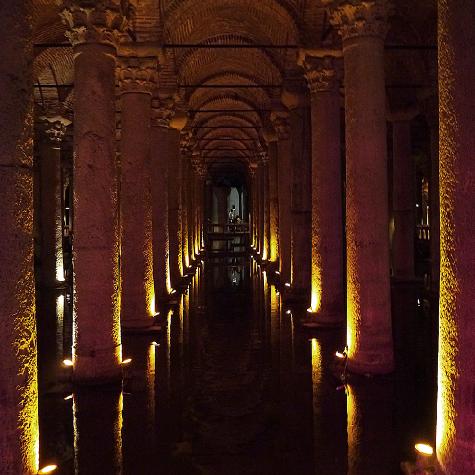
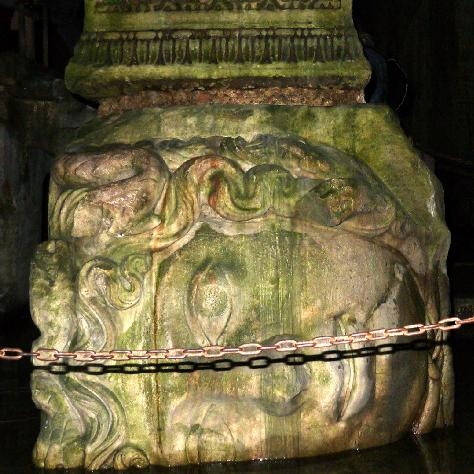
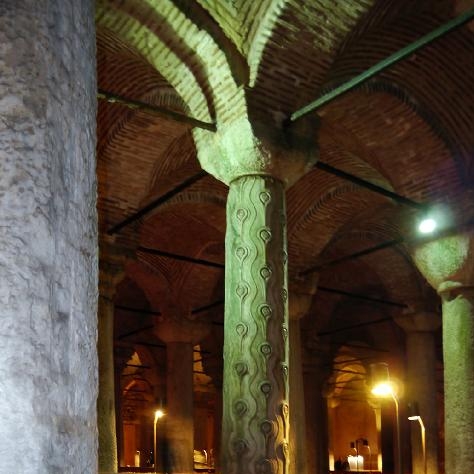
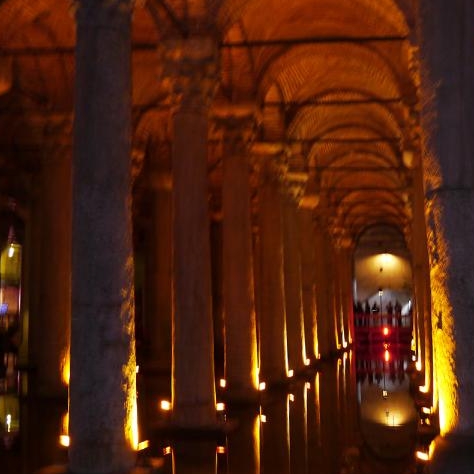
Constantine the Great
and Christianity
While the Roman Emperor Constantine the Great reigned (306–337 CE), Christianity began to transition to the
dominant religion of the Roman Empire. Historians remain uncertain about Constantine's reasons for favoring
Christianity, and theologians and historians have argued about which form of Early Christianity he subscribed to.
There is no consensus among scholars as to whether he adopted his mother Helena's Christianity in his youth.
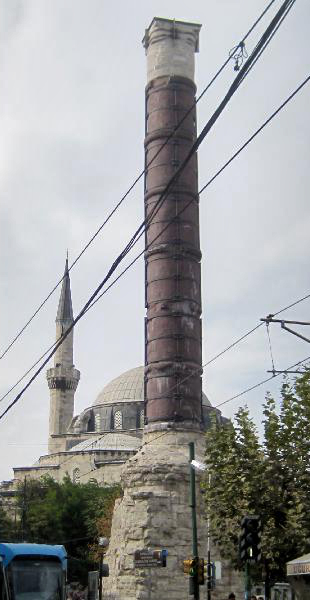
COLOUM OF CONSTANTINE
The Column of Constantine (or Burnt Column) 'hooped' and taş 'stone') is a Roman monumental columnconstructed on the orders of the Roman emperor Constantine the Great in 330 AD.
CLICK ON IMAGES FOR TO IN LARGE ⬇︎
THE HIPPODROME
Theodosius offers a laurel wreath to the victor, on the marble base of the Obelisk of Thutmosis III at the Hippodrome of Constantinople.
THE HIPPODROME IS USUALLY ASSOCIATED
WITH CONSTANTINOPLE'S DAYS OF GLORY

